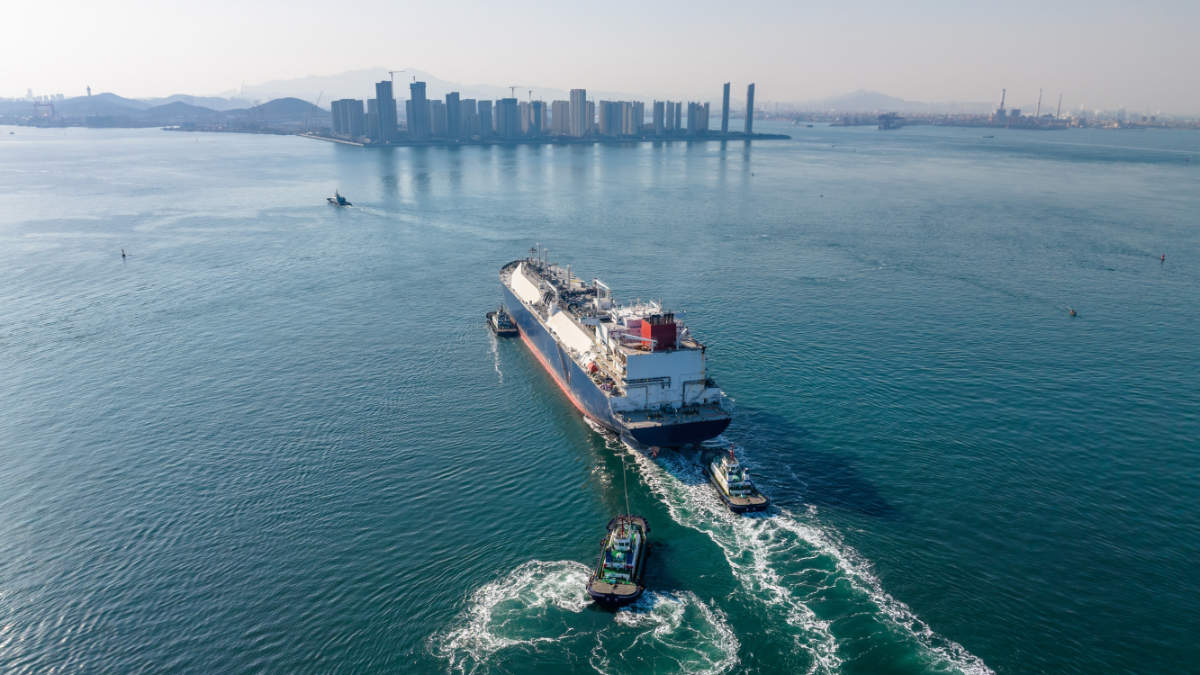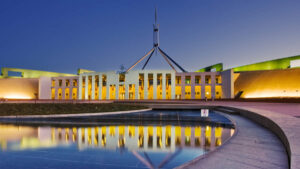Got Gas: Growing Asian gas demand still luring Oz producers

Asian gas demand growth will continue to need Australian LNG. Pic: Getty Images
Welcome to Got Gas, where Stockhead senior energy journalist Bevis Yeo gives you the lowdown on the news and insights you need to know in the ASX energy sector. This time, he looks at how Asia’s growing gas demand will impact ASX stocks.
Asia remains the main driver for gas demand growth globally, accounting for a meaty 40% of the global increase in consumption over the last 20 years.
During this period, the region’s share of global gas consumption increased from 14% to 23% and further growth is likely given that the fuel accounts for just 12% of its primary energy consumption compared with 34% in the rest of the world, according to the Energy Institute’s Statistical Review of World Energy.
Most of this growth has come from China which is using gas to replace coal as part of government plans to reduce air pollution.
This is welcome news for Australian liquefied natural gas producers as Asia relies heavily on imports for its needs with the supercooled product filling the bulk of this.
Even China, which benefits from being able to purchase gas via pipeline from Russia and Central Asia, is reliant on LNG to meet its insatiable need for energy and heating.
While the Middle East is becoming an increasingly important source of LNG, Australia remains a major source of supply – accounting for 30% of imports – to meet Asian gas demand.
To keep it this way, the Cook Labor Government in WA recently moved to allow onshore gas producers to export up to 20% of their total production at least until the end of 2030, allowing them to benefit from LNG export pricing.
This is aimed at incentivising gas producers to develop new gas fields, which has the happy coincidence of bolstering supplies for both export and domestic gas.
Strike on the verge of realising its gas dream
One likely beneficiary of both the WA policy as well as the growing Asian gas demand is Strike Energy (ASX:STX).
The company recently announced its Gas Acceleration Strategy that seeks to establish production from its four gas discoveries in the Perth Basin is progressing with all cylinders firing.
Walyering has already completed its first full year of production, generating more than $70m in annual gas and condensate sales, giving the company reliable cash flow to progress the next phases of its strategy.
At West Erregulla, the company are committed to making a final investment decision in the near term in order to benefit from the WA Government’s rule allowing onshore gas projects to export 20% of their total production.
The project has been checking off the milestones since the 50% non-operated share was sold to Hancock Energy in early 2023 with full permitting in place and LNG export allowances obtained.
At South Erregulla, Strike is preparing to take FID and break ground at its proposed fully integrated peaking gas power station development for which new modelling indicates may have a far greater capacity factor than the ~18.8% originally forecast in June this year, which will also deliver an increase in cashflow.
The company is also preparing to carry out appraisal drilling at the Ocean Hill discovery after acquiring new high-resolution 3D seismic.
Thanks to the low level of impurities and its proximity to the nearby Dampier to Bunbury Natural Gas Pipeline (DBNGP) compressor station, Strike believes that an ultrafast and low-cost development could be progressed, incorporating benefits and learnings from the Walyering gas project.
Eastern exploration bears fruit
Bass Oil’s (ASX:BAS) successful production testing of the Kiwi-1 well in the Cooper Basin of South Australia has led to an increase in Kiwi gas field resource of 0.6 million barrels of oil equivalent (MMboe) to more than 1MMboe.
The well had flowed at a constrained rate of 4.1 million standard cubic feet (MMscf) of gas per day along with 988 barrels of condensate (light oil) due to condensate storage capacity.
While this prevented the company from gaining a clear understanding of how well Kiwi-1 can perform, it is for a good cause as condensates are easily monetised and add significant value.
Options are now being considered on how best to bring the field into production with work already underway towards making a final investment decision. This includes commercial agreements for transportation, processing and sale of both gas and condensate.
To do so, it is looking at off balance sheet financing initiatives to accelerate the time to first production with the early sales of condensate on an extended production test being considered while fast tracking deployment of gas sales infrastructure.
Should the company proceed with a development of Kiwi, it will more than double its current proved and probable (2P) reserves of 0.805MMboe.
While Kiwi is hardly going to be the answer to the East Coast’s looming gas supply shortfall, it will still play its part in easing the pain and more importantly, prove there’s still gas to be unlocked.
BAS says as much itself, noting previously that a gas development at Kiwi will pull infrastructure to the northern Cooper Basin, connecting other plays between the field and the deep coals in PEL 182.
Meanwhile, Comet Ridge (ASX:COI) is preparing to production test its Mahalo East pilot in early 2025 after completing drilling of the Mahalo East 2 lateral well in the Bowen Basin, Queensland.
For a series of wells drilled without the benefit of seismic data, the pilot program has pulled off some serious wins including intersecting coal seams with greater than expected prospectivity in the Mahalo East 1 vertical well and laboratory analysis indicating slightly higher gas content on this side of the Mahalo Hub.
While production testing will provide the real answers to how well the Mahalo East pilot will perform, the signs are certainly positive and hint at a solid chance that the company will be converting the best estimate (2C) contingent resources of 31 petajoules (PJ) of gas at Mahalo East into proved and probable (2P) reserves before too long, adding to the 43PJ in 2P reserves at Mahalo North.
At Stockhead we tell it like it is. While Comet Ridge is a Stockhead advertiser, it did not sponsor this article.
UNLOCK INSIGHTS
Discover the untold stories of emerging ASX stocks.
Daily news and expert analysis, it's free to subscribe.
By proceeding, you confirm you understand that we handle personal information in accordance with our Privacy Policy.








